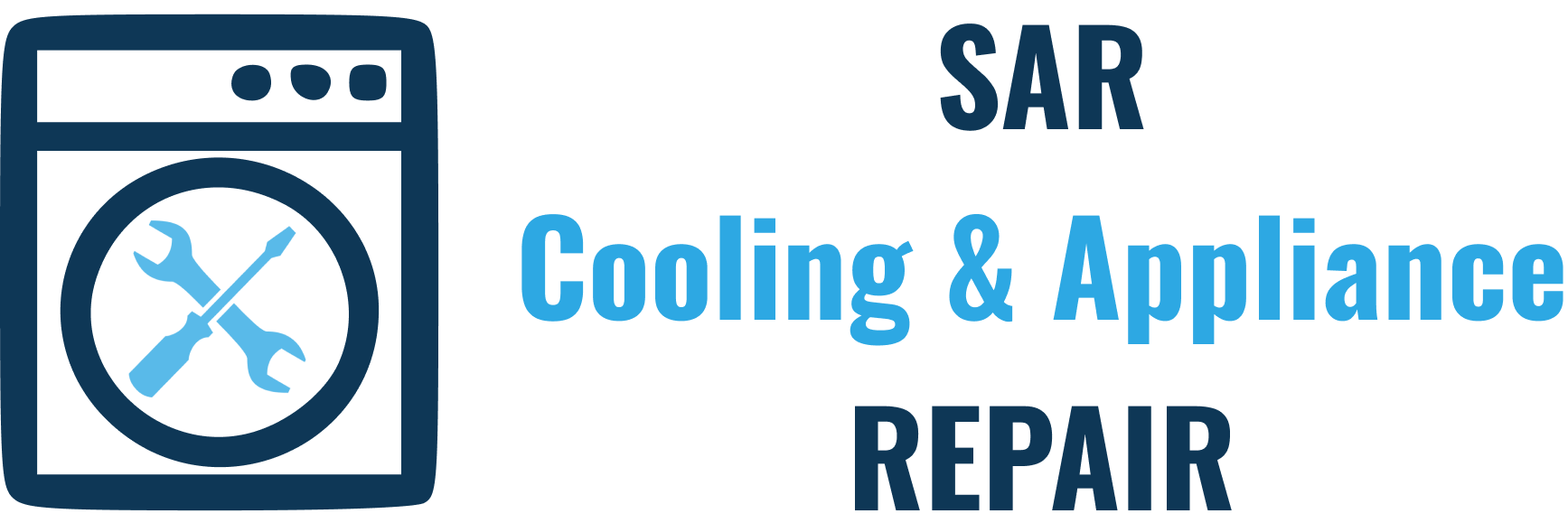Today we continue to share with you information from the world of home appliance repair. In this article we will talk about the heating elements in electric ovens. Let’s analyze what a heating element is, consider its features, location, and how to replace the heating element in the oven, stove, and range.
Most households in our country make use of electric ovensor ranges. Such devices are inexpensive, easy to install, and fairly easy to repair. But not every appliance owner is able to repair it. If the breakdown is complex enough, then it is best to call in an expert. Various heating elements are installed in electric ovens which consist of metal tubes that are filled with crystalline magnesium oxide (periclase). Lead-out insulators are fixed at the ends of the tube. The main materials for heating elements are nickel, chromium, or iron alloys. They can be used up to 2021 ˚F (1100 °C). At a temperature up to 1112 ˚F (600 °C). Fechral or Constantan alloys are often used.

Where are the oven / range heating elements located?
Today there are many different types of heating elements and manners of installation. Most ovens are equipped with a heating element at the rear or top of the compartment, while some have both. Ovens designed with a lower and upper heating element allow you to cook a wide variety of dishes most efficiently.
What to do if the heating element burns out?
If the heating element in your oven or range burns out, it is in need of replacement. In fact, it is important to understand whether the heating element has really burned out or if the problem lies with other elements of the appliance. Therefore, we recommend that you first make 100% sure that a replacement is necessary and only then carry it out. We recommend calling a pro to diagnose your appliance and find out the cause of the oven failure. If the cause of the breakdown is in the heating element, then the technician will solve this problem without any further complications. Here is a short list of the work required to replace the heating element in ovens:
1. Disconnect the oven from all electrical sources.
2. Pull out the oven and remove the back cover of the housing.
3. Disconnect the power wires from the heating element.
4. Loosen the fitting screws.
5. Remove the heating element.
6. Install a new heating element.

Recommendations when replacing heating elements in electric ovens, ranges, and stoves
– Find out where the heating element is located in your oven and how it is attached. Such information can be requested from the manufacturer’s technical support, or it can even be done visually by starting an inspection from inside the oven and, if necessary, removing the back cover of the housing.
– Write down or photograph the location of wires between electrical components. This is to avoid confusion during the reconnection of wires during assembly.
– If the contacts and fasteners of the heating element are located behind the housing, then first disconnect the wires, and then unscrew the fastening screws. But if the heating element is attached inside the oven, first unscrew the fastening screws and then pull out the heating element slightly, then disconnect the power wires.
– As a rule, the electrical wires of the heating elements are connected through special flat connectors. When disconnecting such a wire, you need to pull on the connector itself, and not on the wire. If you pull on the wire, you may damage it and pull it out of the connector.
– To access the element from inside the oven, you may want to remove the oven door completely. One of the most common ways to remove an oven door is to open the door fully, swing the hinge locks forward, then set the door to the “roast” position, then lift it up and out.
So how do you determine if the problem is with the heating element? First check for any visible tears or bulges on the element. If so, you will need to replace it with a new one. Or call a professional appliance repair technician who will have all the necessary tools for the repair. Simply call us at +1(727)350-9322 or use our online booking system and we will send a technician to your home. Our expert will diagnose the problem and tell you the cost of parts and labor. Upon agreement, they will proceed with all necessary repairs. And because we are committed to customer satisfaction, we hope you take the time to leave us a positive review on Yelp or Google!





